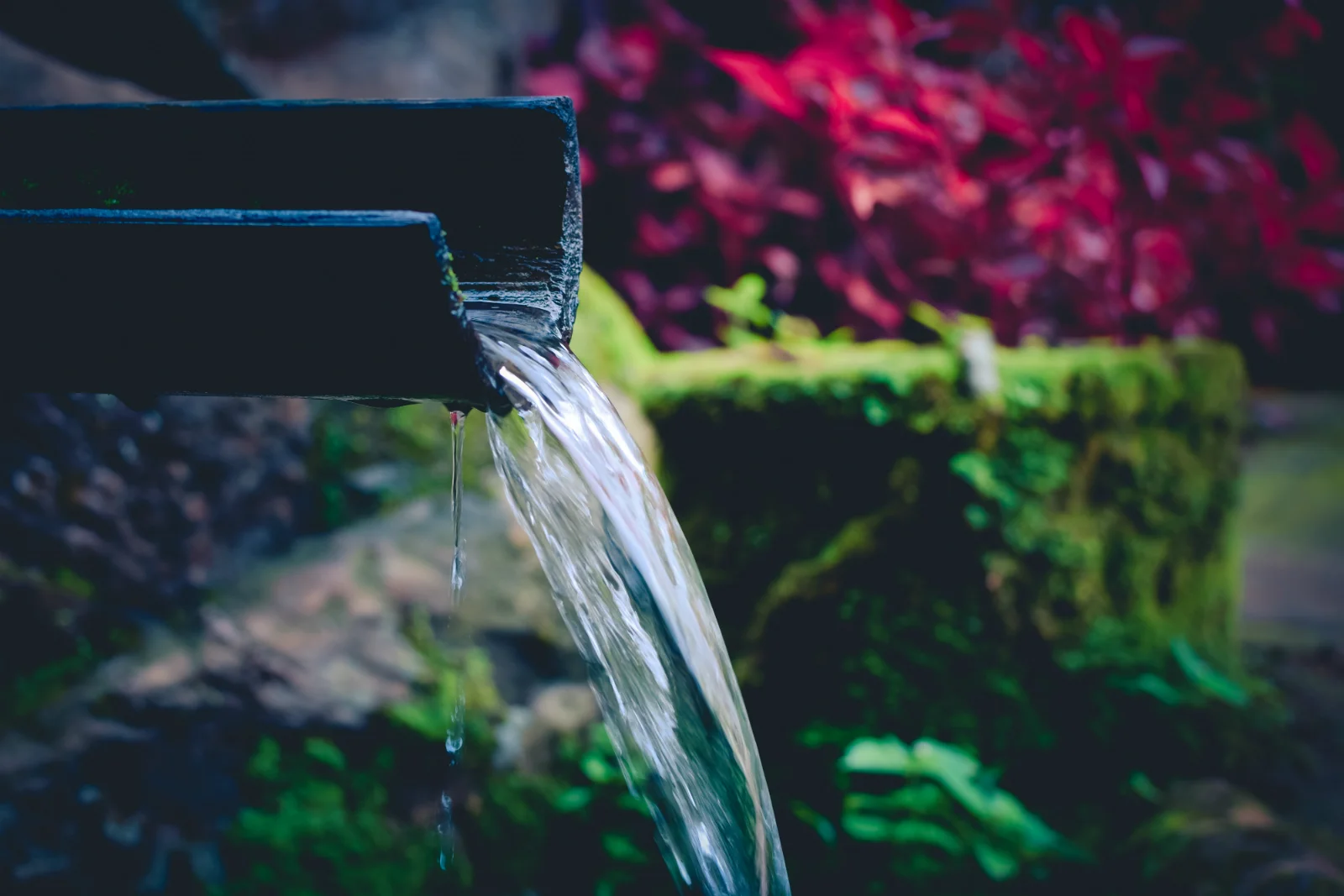Environmental conservation is at the forefront of public consciousness at the moment and with good reason. Improving the sustainability and energy efficiency of your Islip, NY home and landscape is not only a good choice for doing your part to create a greener future, it’s also worth the investment in terms of dollar value. Greener homes fetch more on today’s market and the energy and utilities savings available through green technology are also not insignificant. Here are a few of the ways we can work together to make your landscape a more environmentally friendly one.
Rainwater collection
Collecting rainwater through the use of effective drainage systems and rainwater collection barrels can reduce water costs and wastage. Rainwater is normally collected from the downspout of a roof’s guttering system, but other methods are available, including runoff from hard or softscaped areas. This water can then be re-used at a later stage for irrigation or topping up the swimming pool.
Reducing water expenditure
Collecting rainwater is one way of reducing water costs, but this can be contributed to immensely by incorporating simple water saving devices into the everyday operation of your landscape. Irrigation, for example, can be optimized using smart systems that register the moisture in the soil and air, and regulate irrigation schedules for optimal efficiency. Low-tech methods are also effective. Drip irrigation instead of spray irrigation for certain plants, for example, or simply reducing lawn space and avoid planting shrubs that require excessive amounts of water can also make an impact on keeping water expenditure low. A solid pool covering can reduce water expenditure by limiting the evaporation of swimming pool water, while simultaneously providing insulation and reducing energy costs if your pool is heated.
Using permeable materials
Permeable pavers are effective for reducing volumes of stormwater runoff as well as removing pollutants from the water before returning it to natural sources beneath the soil or redirecting it through subsurface drainage. The reduced runoff further helps to prevent soil erosion both in and outside of the yard and also stops pollutants from being carried to local streams or dams.
Using recycled materials
Using recycled materials has a three prong positive impact on the environment. Firstly energy is being saved in not having to extract, refine, quarry or manufacture raw materials. Second, the resources needed to make the non-recycled product are saved. And lastly the space, energy and time that would have gone into disposing of the materials is also spared. Recycled products benefit you by being generally more durable than the sum of their original components. In landscaping such materials can include recycled glass countertops, glass-concrete composite pavers and wood-plastic composite decking. You can also recycle items by repurposing them, e.g. salvaged wood like repurposed railway sleepers or reclaimed industrial parts.
Solar powering your landscaping
More and more, solar power is becoming a viable means of energy production, self-sustainability and convenience. Using solar energy to power your landscape lighting or pool heater can cut energy costs and reduce your carbon footprint. It’s also incredibly satisfying knowing that your landscape runs on power harnessed directly from nature.


